A great number of proverbs and sayings have developed around the activity of eating. From the innocent child’s thank you: S?ru-mâna pentru mas?, c-a fost bun? ?i gustoas?, ?i buc?t?reasa frumoasa” (“Thank you for the meal, it was good and tasty, and the cook was beautiful”), to the more philosophical Mul?umescu-?i ?ie Doamne, c-am mâncat ?i iar mi-e foame (“Thank you Lord, for I have eaten, but I am hungry again”), Dragostea trece prin stomac (“Love passes through the stomach”), or the simple Pofta vine mânc?nd (“Appetite comes while eating”) or the sarcastic Porcul m?nânc? orice, dar se-ngra?? pentru al?ii (“The pig would eat anything but it gets fat for others”) or the expression of total fulfillment, Mâncat bine, b?ut bine, diminea?a sculat mort (“Ate well, drank well, in the morning woke up dead”).
Recipes bear the same influences as the rest of Romanian culture: from Roman times there still exists the simple pie called, in Romanian, pl?cint? and keeping the initial meaning of the Latin word placenta. The Turks brought meatballs (fried mititei or peri?oare in a soup called a ciorba); from the Greeks there is the musaca (moussaka) and covrigi (hot pretzels); from the Bulgarians, a wide variety of vegetable dishes like zacusc?; from the Austrians there is the ?ni?el (schnitzel); from the Hungarians, their ornate pastries; and the list could go on.
One of the most common meals is the m?m?liga, a cornmeal mush, for a long time considered the poor man’s meal (N-are nici o m?m?lig? pe mas? – “He hasn’t even a m?m?liga on the table”), but it has become very appreciated in recent times. Pork is the main meat used in Romanian cuisine (Pe?tele cel mai bun, tot porcul r?mâne – “The best fish is always the pork”), but also beef is consumed and a good lamb or fish dish is never to be refused. In conjunction with special events or periods, different recipes are prepared. During Christmas, traditionally every family slaughters a pig and cooks it using a wide variety of traditional recipes like cârna?i – a kind of long sausages with meat; caltabo?i – sausages made with liver and other internal organs; piftie a jelly made from parts like the feet, the head and ears; and also tochitur? (a kind of stew) is served along with m?m?lig? and wine (“so that the pork can swim”), toba, and of course sweetened with the traditional cozonac (sweet bread with nuts or lokum – rahat in Romanian, known in English as Turkish delight). Lamb is traditional for Easter: the main dishes are roast lamb and drob – a cooked mix of offal, meat and fresh vegetables, which is quite similar to Scottish haggis , served with pasc? (pie made with cottage cheese) as a sweetener.
Wine is the main drink and has a tradition of over two millennia. Romania is currently the world’s ninth largest wine producer, and exports have increased in recent years. A wide variety of domestic (Gras?, T?mâioas?) and worldwide (Italian Riesling, Merlot, Sauvignon blanc, Cabernet Sauvignon, Chardonnay, Muscat Ottonel) varieties are produced. Also Romania is the world’s second largest grower of plums, and almost all of those plums becomes either the famous ?uic? (a once-refined plum brandy) or palinc? (twice-or-more-refined plum brandy). Also beer is highly appreciated, generally blonde pilsener beer, after the German style.
Related Listing
-

Spirituality and religion
Romanian spirituality is greatly influenced by its strong connections with the Eastern Christian ...
-

Romanian mythology
Romanians have had, from time immemorial, a myriad of customs, tales and poems about love, faith, ...
-
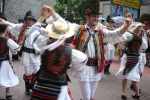
Folklore
The most striking thing about Romanian culture is the strong folk traditions which have survived to ...

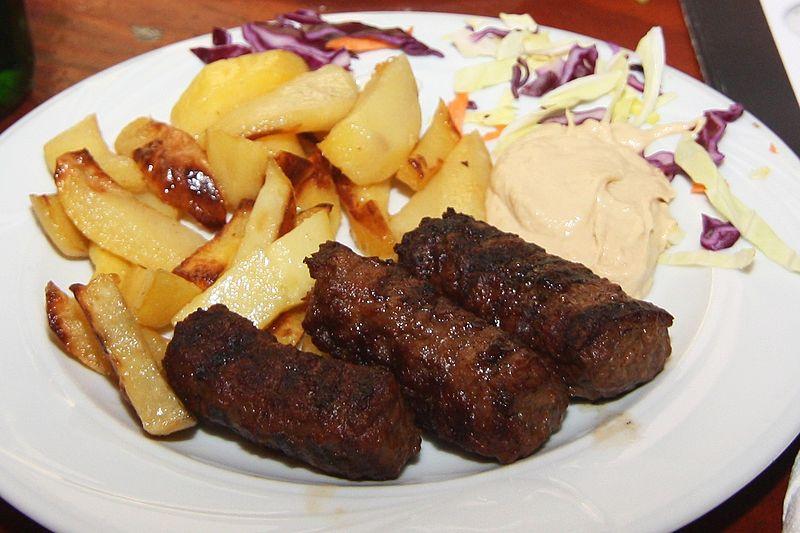
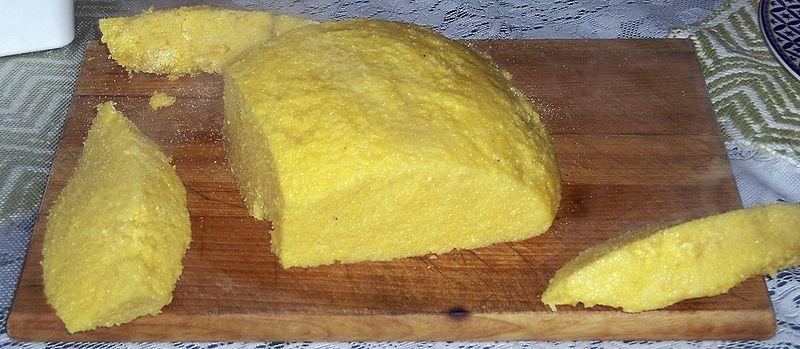
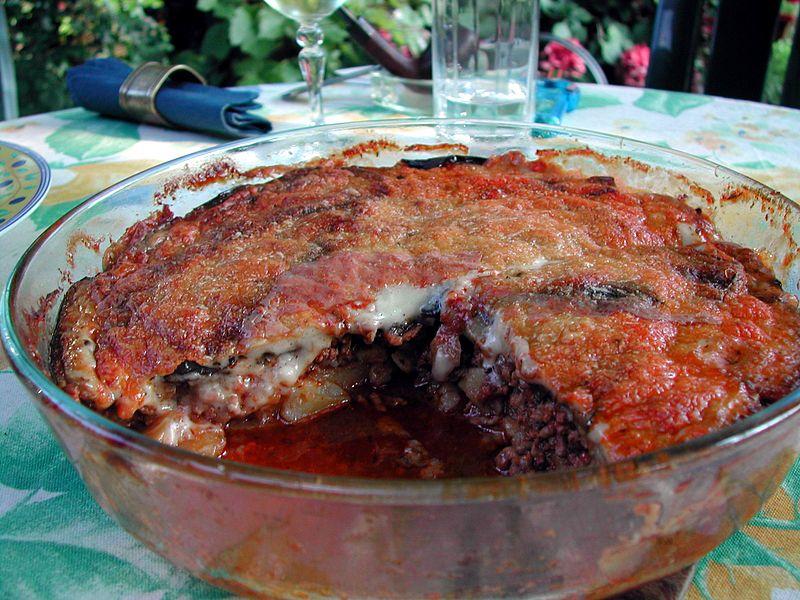
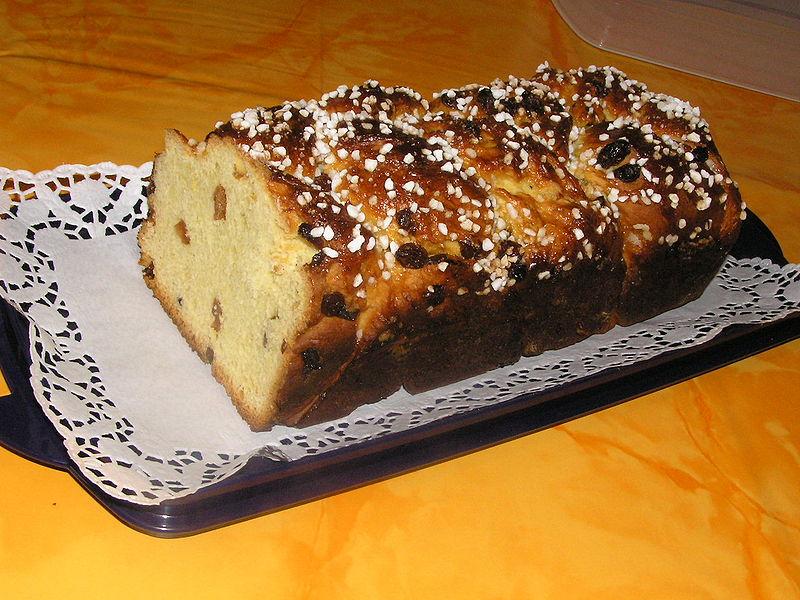








Recent Reviews